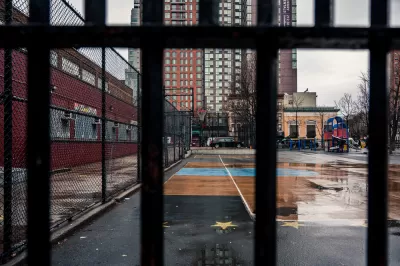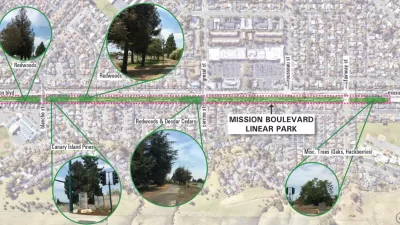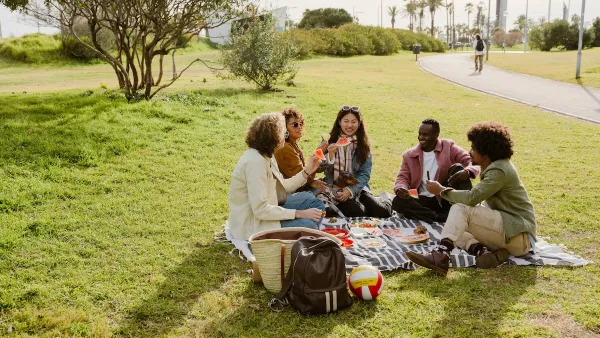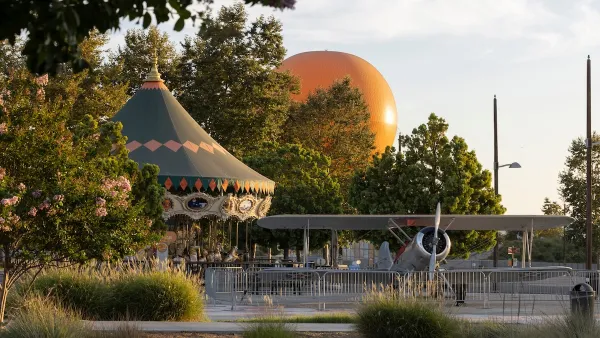Transforming asphalt schoolyards into green spaces with porous surfaces can improve the well-being of students and neighbors and contribute to more effective stormwater management in urban areas.

Schoolyards could be the next frontier for green infrastructure in urban areas, according to an article by Marianne Dhenin in Next City.
In dense urban areas such as New York City, building a new park can be an expensive undertaking. But redesigning existing schoolyards to be more green and ‘spongy’ can help with stormwater drainage, improve air quality, and bring green spaces to park-poor neighborhoods, closing the equity gap that leaves 100 million Americans with little or no access to nearby parks. “According to TPL, in 2022, at least 73 of the nation’s 100 largest cities opened schoolyards after hours to the general public, up from just 44 cities in 2018.”
The benefits of greener schoolyards extend to students, too. “Studies have linked vegetation in schoolyards to better school-wide academic performance, even after controlling for significant confounding factors like student poverty and minority status.”
Organizations including the Trust for Public Land (TPL) are working with schools around the country to develop their own schoolyard greening projects, and a bill introduced in the Senate last year would direct federal funding to the cause.
More on green schoolyards:
FULL STORY: Greener School Playgrounds Are An Overlooked Climate Solution

Planetizen Federal Action Tracker
A weekly monitor of how Trump’s orders and actions are impacting planners and planning in America.

Map: Where Senate Republicans Want to Sell Your Public Lands
For public land advocates, the Senate Republicans’ proposal to sell millions of acres of public land in the West is “the biggest fight of their careers.”

Restaurant Patios Were a Pandemic Win — Why Were They so Hard to Keep?
Social distancing requirements and changes in travel patterns prompted cities to pilot new uses for street and sidewalk space. Then it got complicated.

Platform Pilsner: Vancouver Transit Agency Releases... a Beer?
TransLink will receive a portion of every sale of the four-pack.

Toronto Weighs Cheaper Transit, Parking Hikes for Major Events
Special event rates would take effect during large festivals, sports games and concerts to ‘discourage driving, manage congestion and free up space for transit.”

Berlin to Consider Car-Free Zone Larger Than Manhattan
The area bound by the 22-mile Ringbahn would still allow 12 uses of a private automobile per year per person, and several other exemptions.
Urban Design for Planners 1: Software Tools
This six-course series explores essential urban design concepts using open source software and equips planners with the tools they need to participate fully in the urban design process.
Planning for Universal Design
Learn the tools for implementing Universal Design in planning regulations.
Heyer Gruel & Associates PA
JM Goldson LLC
Custer County Colorado
City of Camden Redevelopment Agency
City of Astoria
Transportation Research & Education Center (TREC) at Portland State University
Camden Redevelopment Agency
City of Claremont
Municipality of Princeton (NJ)





























